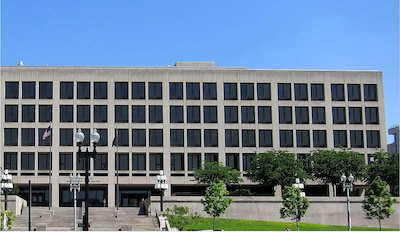By Douglas W. Dahl II, Susan K. Bilbro, and Catherine N. Simpson
Last month, the Department of Labor (DOL) announced that it will focus on requesting information from employers where there are potential “red flags” of non-compliance with the provisions and rules of the Mental Health Parity and Addiction Equity Act (MHPAEA), as modified by the Consolidated Appropriations Act, 2021 (CAA).
Section 203 of the CAA imposes a new requirement on group health plans to ensure compliance with the MHPAEA: group health plans and insurers that provide both medical/surgical benefits and mental health or substance use disorder (MH/SUD) benefits—and that impose non-quantitative treatment limitations (NQTLs) on the MH/SUD benefits—must prepare a “comparative analysis” of any NQTLs that apply. As of February 10, 2021, plans must supply this comparative analysis and other specific information upon request by an applicable state or federal agency (e.g., the DOL for ERISA plans). The DOL has been actively auditing group health plans for compliance with the MHPAEA and requesting documentation of these comparative analyses.
Types of NQTLs
NQTLs consist of any limitations on the scope and duration of benefits that cannot be expressed numerically. For example, the DOL has identified the following four specific NQTLs on which the agencies intend to focus their enforcement in the near term:
- Prior authorization requirements for in-network and out-of-network inpatient services.
- Concurrent review for in-network and out-of-network inpatient and outpatient services.
- Standards for provider admission to a network, including reimbursement rates.
- Out-of-network reimbursement rates, including plan methods for determining usual, customary, and reasonable charges.
Essentially, the main focus of the comparative analysis is to ensure that no arbitrary limits are placed on MH/SUD benefits that may be less favorable than on medical/surgical benefits.
Next Steps for Plan Sponsors
Although Section 203 of the CAA expressly requires plans to perform and document a comparative analysis of NQTLs, it does not provide any guidance on how the comparative analysis should be conducted or what information it should contain. Because most group health plans rely on their insurance carriers (for insured plans) or third-party administrators (for self-insured plans) to conduct most of the activities that establish or apply NQTLs, plan sponsors should reach out to their insurance carriers or third-party administrators (TPAs), as applicable, to inquire about the specific steps they are taking to ensure compliance with Section 203. As noted above, the DOL has already begun requesting proof of compliance with the MHPAEA from group health plans, so we recommend plan sponsors take action sooner rather than later.
The DOL has released a MHPAEA Self-Compliance Tool that can be used to audit group health plans and address potential areas of noncompliance prior to an agency request for information. Although the Self-Compliance Tool does not satisfy the requirement for the comparative analysis under Section 203, it may still be helpful to review with your insurance carrier or TPA. Additional guidance on the comparative analysis requirement is expected by June 2022.
If you have any questions about the self-compliance tool or need assistance in reaching out to your insurance carrier or TPA, please contact a member of our Employee Benefits Practice.

Douglas W. Dahl II, Member
ddahl@bassberry.com
Bass, Berry & Sims PLC
www.bassberry.com

sbilbro@bassberry.com
Bass, Berry & Sims PLC
www.bassberry.com

catherine.simpson@bassberry.com
Bass, Berry & Sims PLC
www.bassberry.com
